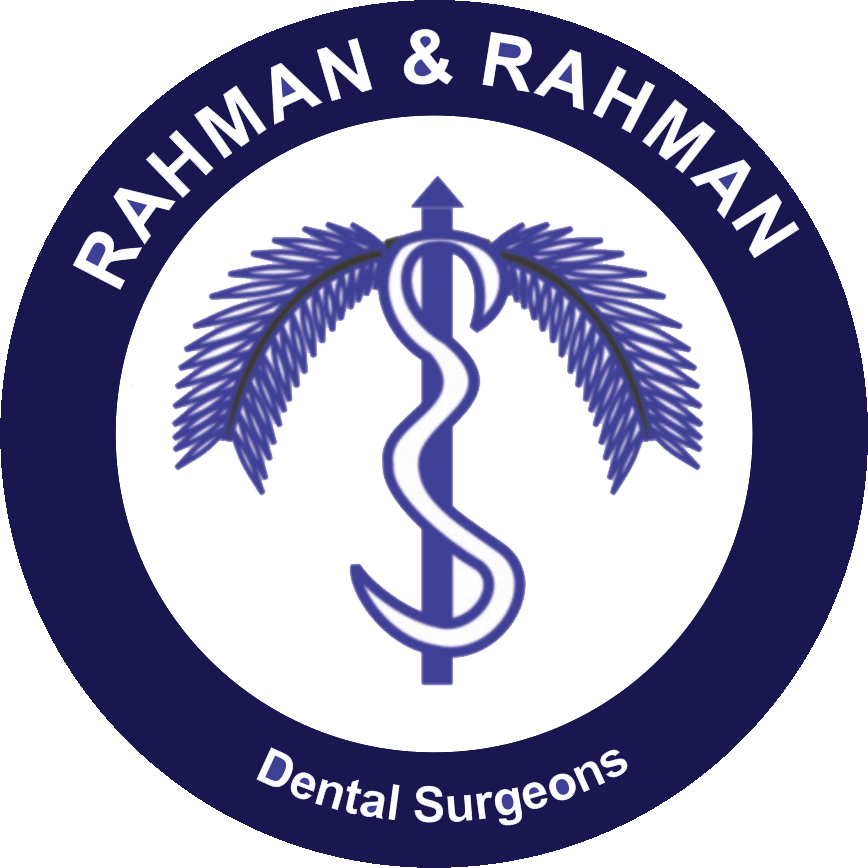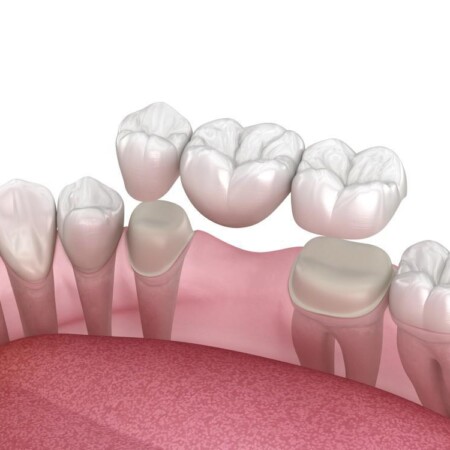Dental Bridge in Lahore & Islamabad
Dental tooth bridges: A dental bridge can assist restore the appearance and functionality of your teeth if you have missing teeth, including your front teeth. It fills in the space left by the lost tooth. Find out if it’s appropriate for you by speaking with a dental expert.
Dental bridges: What are they?
A dental bridge can replace one or more missing teeth with artificial (false) teeth if there are one or more gaps in your smile. The pontic (fake tooth) is supported by crowns on either side of the missing tooth or teeth, and a bridge is often constructed of these crowns and secured in place. Dental bridge types
There are four main types of dental bridges:
- traditional
- cantilever
- Maryland
- implant-supported
Traditional dental bridge
A traditional dental bridge consists of dental crowns that have been bonded to each of the abutment teeth, which hold the fake tooth or teeth in place. The most common type of dental bridge is a traditional bridge, which can be used when you still have healthy teeth on either side of the gap left by your lost tooth.
Cantilever dental bridge
Cantilever dental bridges are similar to traditional bridges in that only one abutment tooth serves as the anchor for the pontic, which is secured in place by a dental crown. You just need one healthy tooth next to the gap left by the lost tooth to support a cantilever bridge.
What alternative exists to a dental bridge?
Some people opt for detachable fake teeth called partial dentures. To clean them, you remove them. Additionally, you can be qualified for a dental implant. Your jaw is surgically implanted with an implant. The ideal alternative for you can be determined with the assistance of your dentist.
Maryland bridge for teeth
Dental bridges made in Maryland need two healthy abutment teeth—one on either side of the gap—just like a traditional bridge does. A Maryland bridge, on the other hand, employs a framework of either metal or porcelain that is bonded onto the backs of the abutment teeth, whereas a traditional bridge puts dental crowns on the abutment teeth.
A Maryland bridge, like a traditional bridge, is only an option if there is a natural tooth on either side of the gap left by the lost tooth or teeth.
Implant-supported dental bridge
As the name suggests, dental implants are used to support bridges rather than frameworks or crowns. For every lost tooth, an implant is often surgically implanted, and this implant holds the bridge in place. If it is not possible to place one implant for each lost tooth, the bridge may consist of a pontic hanging between two implant-supported crowns.
For more details and an appointment contact us

